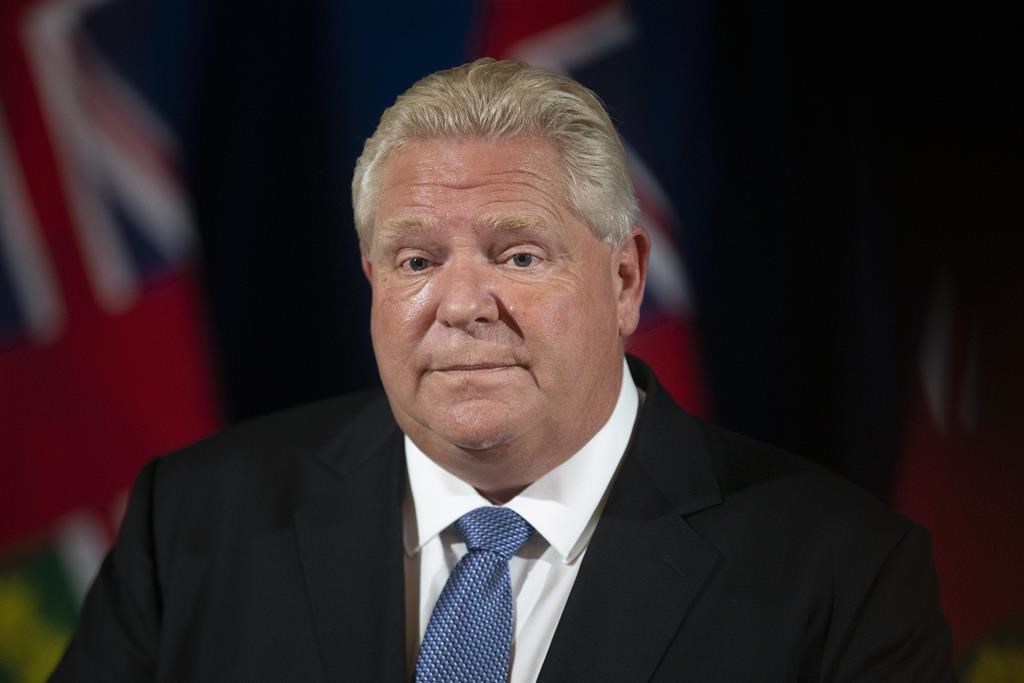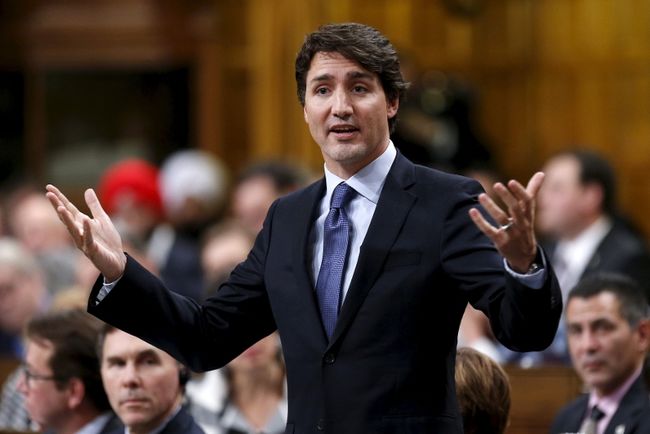Government spending and provincial debt have exploded in Ontario over the past two decades. Racking it up has been a bipartisan affair.
Under the leadership of the province’s three latest premiers, Ontario transformed itself from a province with a relatively modest debt load to one crushed by the weight of a massive $400-billion debt burden.
It’s time for Ontario’s politicians to do something about it. Ontario needs a law forcing governments to keep spending increases at or below the rate of inflation to stand in the way of future fiscal recklessness.
But before looking further at the antidote to our problems, it’s important to first look at how we got here.
Dalton McGunity promised to be a responsible steward of the province’s finances when he ran for premier in 2003.
“Ontario deserves a government that will maintain fiscal discipline,” McGuinty told voters on the hustings.
McGuinty’s Liberals promised to abide by the Harris government’s balanced-budget law and work hard to reduce the debt.
“We will not add to the provincial debt,” the Liberal platform said. “We will pay down the debt as conditions allow, with all surpluses going directly to debt payment.”
It turns out the Liberal platform wasn’t worth the paper it was written on.
Government spending stood at $66 billion and the provincial debt was $110 billon when McGunity took over Queen’s Park. Government spending rose to $130 billion and the provincial debt reached $258 billion by the time McGunity presented his final budget 10 years later.
McGunity increased government spending by more than three times the rate of inflation.
Then along came Kathleen Wynne. Wynne jacked up government spending by another $48 billion and ballooned the debt to $308 billion in a span of just five years.
Wynne actually showed more fiscal restraint than McGunity, if one can even call it that. Instead of increasing spending at three times the rate of inflation, she increased spending at two-and-a-half times the rate of inflation.
Ontarians were tired of 15 years of reckless spending, borrowing and taxing by the time the 2018 election came around.
When Doug Ford entered the political scene, he promised to right the wrongs of his Liberal predecessors.
“The party is over with taxpayers’ money,” Ford declared as he crisscrossed the province.
Ford repeatedly pointed out that under the leadership of McGunity and Wynne, Ontario had become “the most indebted region in the entire world.”
A Progressive Conservative government would change all of that, Ford pledged.
But in the five years since Ford first sat down in the premier’s chair, he’s failed to put Ontario back on a sustainable course. He’s broken the most important promise he made to voters: end government waste and mismanagement.
Finance Minister Peter Bethlenfalvy tabled a plan to spend $199 billion and increase the provincial debt to $416 billion in the government’s 2023 fall fiscal update. He called the document a “responsible” plan.
Ontarians should ignore the government’s rhetoric.
The reality is there has been no spending restraint under Ford’s watch. Government spending has increased by $12 billion over and above the rate of inflation in the past five years.
So much for ending the party with taxpayers’ money.
If McGunity, Wynne and Ford had kept government spending increases in line with the rate of inflation, Ontario today would be spending $102 billion. The Ford government is set to spend nearly double that this year.
Ontario would be debt free and would have hundreds of billions of dollars in a rainy-day fund in that very same scenario.
Instead, taxpayers are on the hook for more than $1 billion a month in debt interest payments this year. That’s the equivalent of paying for a brand-new hospital every 30 days.
It’s time to break the cycle of debt and deficits.
Earlier this year, the government of Alberta passed a law mandating spending increases stay at or below the rate of inflation plus population growth.
The best time for Ford to have introduced that kind of legislation was five years ago. The second best time is right now. Ontario taxpayers cannot afford to wait any longer.
Taxpayers are fed up with paying more than $13 billion a year in interest on the debt, money that simply goes into the pockets of Bay Street bondholders.
It’s time for Ford to remember what he promised voters. Five years after he said he would clean up the Liberal mess at Queen’s Park, he’s only made a bad fiscal situation worse.
For the sake of future generations, Ford must balance the books and introduce a spending restraint law to ensure this sorry saga of ballooning deficits and debt finally comes to an end.
Jay Goldberg is the Ontario Director at the Canadian Taxpayers Federation










